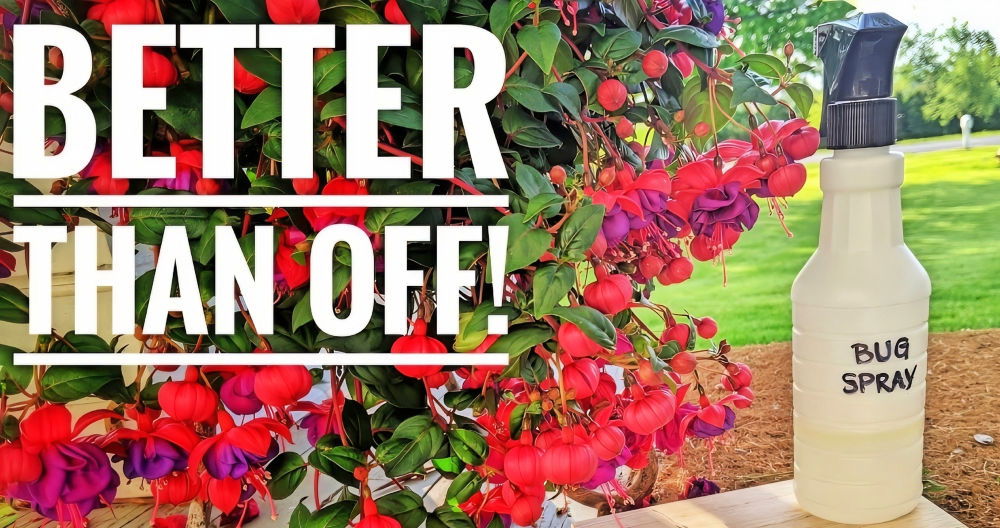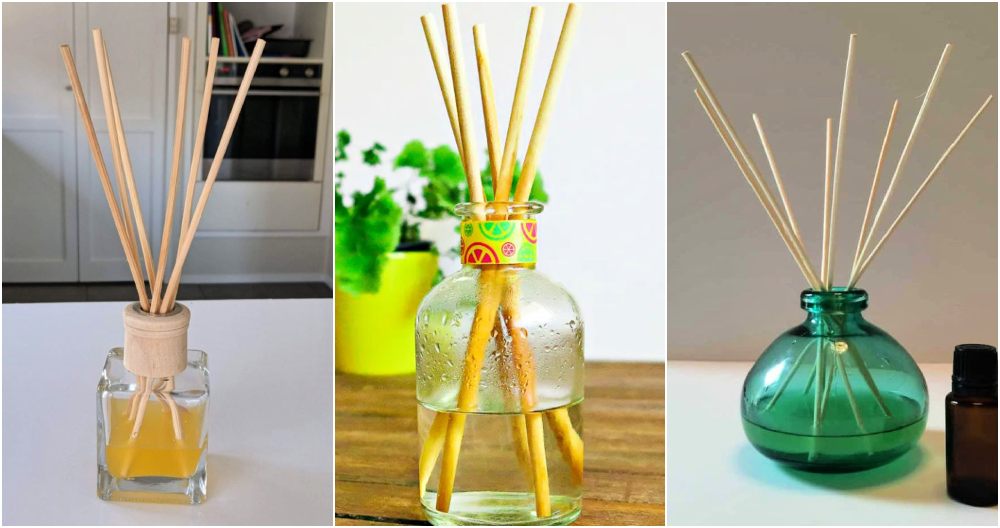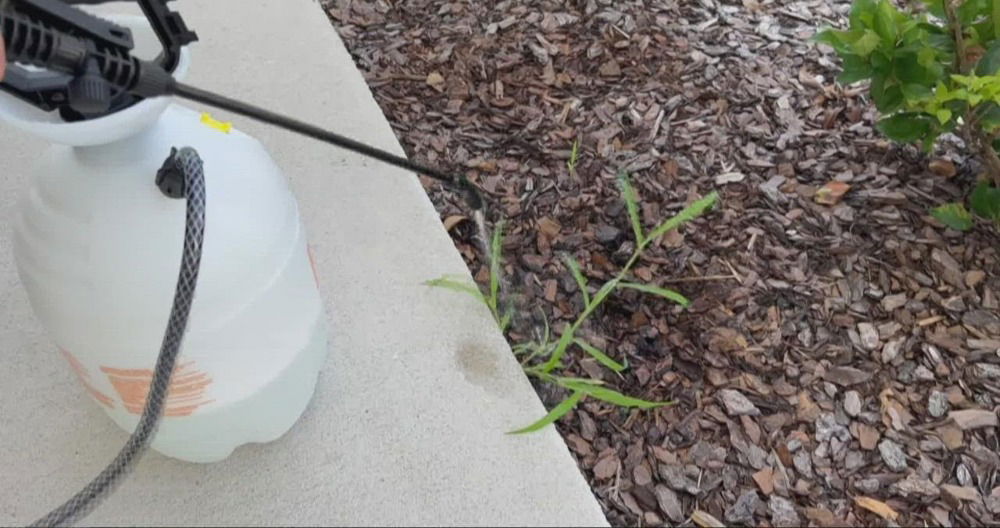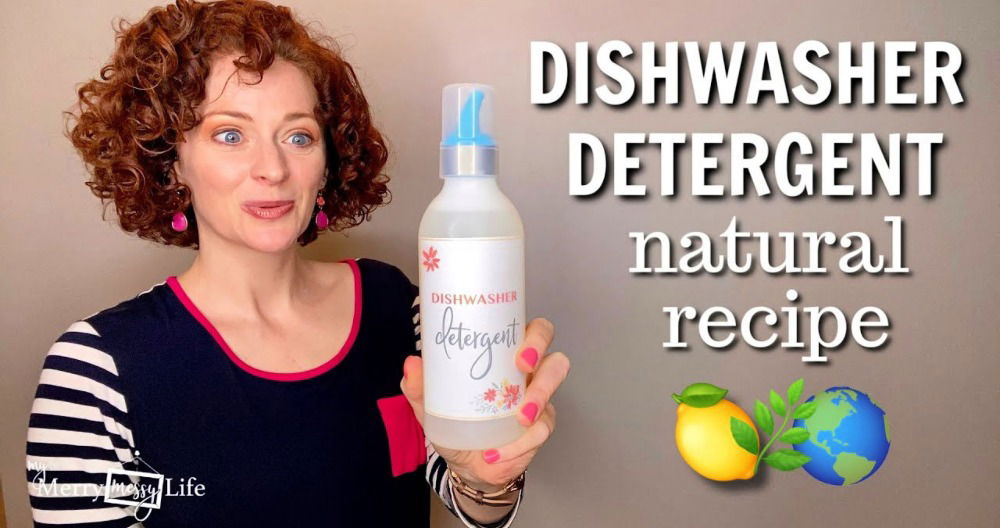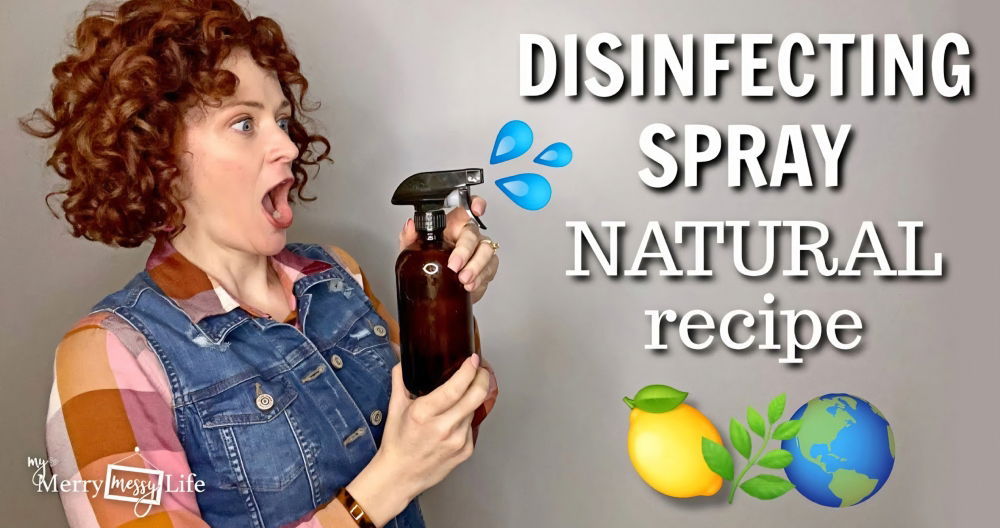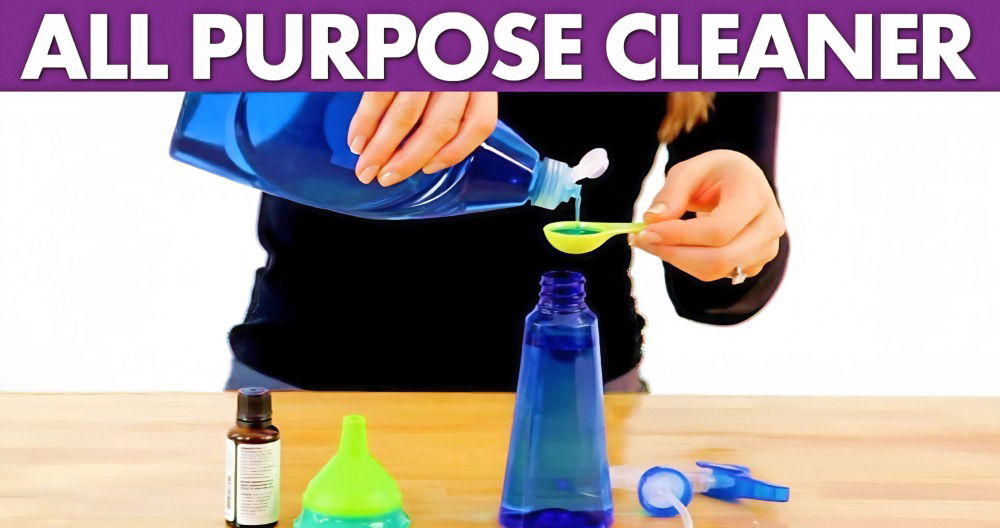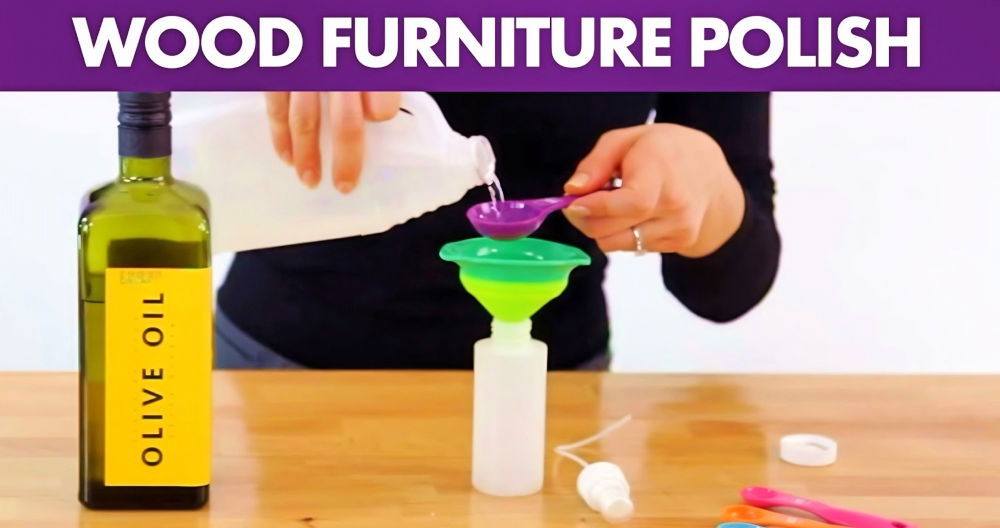Making a homemade deer repellent can help protect your plants effectively. These solutions are often simple to make and can save you both time and money compared to store-bought options. Using common household ingredients, you can mix up a deer-repellent spray that deters hungry deer from nibbling on your precious flowers, vegetables, and shrubs.
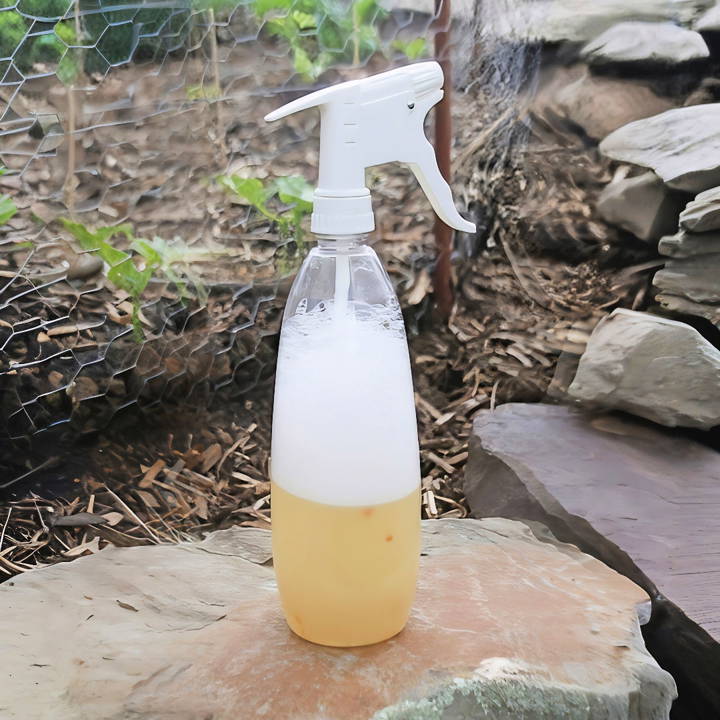
In this guide, we'll explore simple recipes to make your own homemade deer repellent. From understanding the most effective ingredients to applying the deer repellent spray correctly, you'll find easy, actionable steps to keep deer at bay.
Stay tuned to discover more detailed instructions and tips that will make your garden a safe zone for your plants.
Discovering the Secret Weapon
Through research and a bit of desperation, I stumbled upon a homemade deer-repellent recipe that promised salvation. It was an eco-friendly, plant-safe concoction that seemed too simple to be true. Skeptical but hopeful, I decided to give it a try. The results were nothing short of miraculous.
The Magic Mixture
Making this deer repellent is straightforward. Here's how to do it, based on my personal experience:
Ingredients and Materials:
- A 5-gallon bucket: To mix and store the repellent.
- 1 egg: The scent repels deer without harming them or the plants.
- Half a gallon of water: The base of the mixture.
- About a cup of milk: Adds to the off-putting odor for deer.
- Garlic powder: A generous portion—I use enough to make about five batches with one bottle.
- Cayenne pepper: Again, a generous amount. It further deters deer and can be used for about five batches.
- A 4-inch paintbrush: For applying the mixture. Sprayers tend to clog, but the brush works like a charm.
Why Each Ingredient Matters:
- Egg and Milk: These make a foul-smell for deer once they rot but are harmless to plants.
- Garlic Powder and Cayenne Pepper: These strong smells and tastes are repulsive to deer, keeping them at bay.
Step by Step Instructions
Learn how to make and apply homemade deer repellent with our step-by-step guide. Keep your garden safe and critter-free.
Making the Repellent
- Mix the Ingredients: In the 5-gallon bucket, combine the egg (crushed, shell included), water, milk, garlic powder, and cayenne pepper.
- Let It Sit: Cover the bucket and leave the mixture to ferment in the sun for about 4-5 days. The warmer it gets, the more potent the mixture becomes.
- Prepare for Application: After the waiting period, the concoction will be ready. It will smell terrible—garlic, followed by an onslaught of rotten eggs and sour milk.
Applying the Repellent
- Stir the Mixture Well: Before using, make sure to stir it thoroughly to mix all the settled ingredients.
- Ditch the Sprayer: Originally, I tried using a sprayer, but it always clogged. The 4-inch paintbrush became my tool of choice.
- Apply with the Brush: Dip the brush into the bucket, shake off the excess, and lightly dab the mixture onto each plant. A little goes a long way. Make sure to get both the plants and a bit around the base on the ground.
- Regular Reapplication Is Key: After each application session, I immediately prepare another batch to ensure I always have some ready. Consistency is essential.
The Result
After incorporating this homemade deer repellent into my gardening routine, the results were immediate and lasting. My camellias were finally able to thrive, unhindered by the local deer population. Seasons changed, and the new growth on my plants remained untouched.
Customization Tips for Homemade Deer Repellent
Making an effective homemade deer repellent can be a game-changer for your garden. However, not all gardens are the same, and neither are the deer that visit them. Customizing your repellent to fit your specific situation can make all the difference. Here are some tips to help you tailor your deer deterrents to your needs:
Understand Your Environment
- Assess the Deer Population: Observe how many deer frequent your garden. A higher population may require a stronger repellent.
- Identify the Plants They Prefer: Notice which plants the deer are drawn to. You might need to protect these more vigorously.
Adjust the Recipe Strength
- Increase the Potency: If deer are persistent, consider strengthening the mixture by adding more of the active ingredients.
- Dilute for Sensitive Plants: Some plants may be sensitive to strong repellents. If you notice adverse effects, dilute the mixture accordingly.
Seasonal Adjustments
- Winterize Your Repellent: In colder months, deer are hungrier and might be more determined. Add ingredients like hot pepper to make the repellent more potent.
- Lighten Up for Spring: As food becomes more abundant, you can reduce the strength of your repellent.
Localize Your Ingredients
- Use Local Scents: Deer in different regions may react differently to various scents. Experiment with local herbs and plants to find what works best in your area.
- Adapt to Availability: Sometimes, certain ingredients might not be available. Be ready to substitute with what's locally accessible.
Test and Observe
- Small Scale Trials: Before applying a new repellent to your entire garden, test it on a small area to observe the reaction of both the deer and your plants.
- Monitor and Tweak: Keep an eye on the effectiveness and make adjustments as needed.
Safety First
- Non-Toxic Choices: Ensure all ingredients are safe for the environment, pets, and children.
- Clear Labeling: If you store your repellent, label it clearly to avoid any mix-ups.
By following these customization tips, you can make a homemade deer repellent that's just right for your garden. The key is to observe, adapt, and refine your approach for the best results.
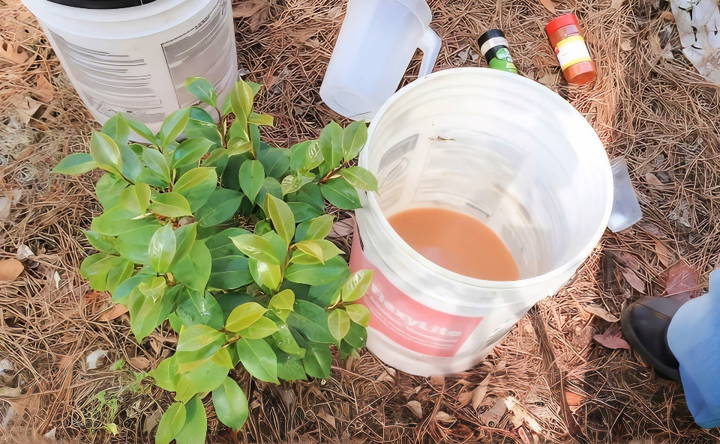
Local Wildlife Considerations
When making homemade deer repellents, it's crucial to consider the broader impact on local wildlife. The goal is to deter deer without causing harm to other animals or the ecosystem. Here's how you can make deer repellent that's friendly to your local fauna:
Choose Safe Ingredients
- Opt for Non-Irritating Substances: Use ingredients that won't harm other wildlife. For example, garlic and hot peppers are effective against deer but can be irritating to other animals.
- Avoid Toxic Chemicals: Stick to natural, non-toxic components to ensure the safety of all garden visitors.
Be Mindful of Application
- Target Application: Apply repellents directly to the plants you want to protect, rather than broadly spraying the area, to minimize unintended effects on other species.
- Consider Planting Deterrents: Some plants naturally repel deer and can provide a safe alternative to sprays. Consider planting herbs like lavender, marigolds, and rosemary, which deer tend to avoid.
Understand the Ecosystem
- Research Local Species: Learn about the animals that share your environment and how they might interact with your repellent.
- Promote Biodiversity: Aim to maintain a garden that supports a variety of species, not just repels deer.
Monitor the Impact
- Observe Wildlife Behavior: After applying the repellent, watch how other animals react. If you notice any adverse effects, reconsider your approach.
- Adjust as Needed: Be prepared to change your strategy if it negatively impacts other wildlife.
By taking these steps, you can make a homemade deer repellent that respects the delicate balance of your local ecosystem. Remember, the aim is to coexist peacefully with nature, not to disrupt it.
Safety Precautions
When making and using homemade deer repellents, safety is paramount. It's important to protect not only the environment but also yourself, your family, and your pets. Here are some safety precautions to keep in mind:
Handling Ingredients
- Wear Gloves: Some ingredients can irritate the skin. Always wear gloves when preparing repellents.
- Avoid Ingestion: Keep all repellent ingredients and mixtures away from food and ensure they are not ingested by children or pets.
Application Safety
- Keep Away from Children and Pets: Apply repellents when children and pets are not in the garden, and store any leftovers out of their reach.
- Use With Care: If you're using a spray bottle, avoid inhaling the mist. Apply on a calm day to prevent drift onto unintended areas.
Environmental Care
- Protect Water Sources: Do not apply near water sources like ponds or streams to prevent contamination.
- Be Plant-Conscious: Test the repellent on a small area first to ensure it does not harm your plants.
Storage and Disposal
- Label Clearly: Mark all containers with their contents and the date of creation.
- Dispose of Responsibly: Follow local guidelines for disposing of any unused repellents, especially those that contain perishable items.
Follow these safety tips to protect your garden safely and humanely, ensuring no harm to other creatures or the environment.
FAQs About Homemade Deer Repellent
Discover essential faqs about homemade deer repellent. Learn tips, ingredients, and effectiveness to keep your garden deer-free.
Homemade deer repellents often use ingredients with strong odors to deter deer. A popular choice is a mixture of garlic and hot pepper, which can be mixed with water and a bit of dish soap to help it adhere to plants. Another option is to blend eggs, milk, and water to make a spray. These mixtures should be applied around the garden but not directly on anything you plan to eat.
Yes, essential oils can be used to make a deer repellent with a more pleasant scent. Mix white vinegar with peppermint and rosemary essential oils in a spray bottle. Shake well and spray the mixture onto plants, avoiding those you plan to eat.
Certain plants are less appealing to deer because of their strong scents, prickly textures, or toxicity. Planting lavender, marigolds, and rosemary can help keep deer away. It’s best to place these deer-resistant plants around the perimeter of your garden or at access points.
A straightforward repellent spray can be made by beating an egg and mixing it with cooking oil, dish soap, milk, and water. Store this mixture in the refrigerator and spray it around the garden, ensuring it doesn't contact edible plants.
Homemade deer repellents typically need to be reapplied more frequently than commercial ones due to their natural ingredients. It's recommended to reapply after heavy rain or at least once a week to maintain effectiveness. Regular reapplication is crucial, especially during the growing season when plants are most vulnerable. Additionally, alternating between different repellent recipes can help prevent deer from becoming desensitized to a specific scent.
Final Thoughts
In conclusion, this homemade deer repellent is a cost-effective and environmentally friendly solution to protect your garden. By using simple ingredients, you can make an effective deer-repellent spray that keeps those pesky animals away from your plants. Remember to reapply your spray after rain or every two weeks to maintain its effectiveness.


